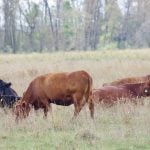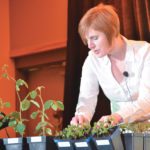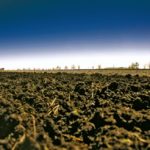
Tag Archives Soil

Confronting climate change through the power of plants
Carbon sequestration was front and centre as producers gathered in Pipestone to ponder how agriculture could change the conversation around climate change

Temperature can give insight on water mould risk in soybeans
Soil temperature and disease pressure combine when targeting early-season water mould problems

Renovated windbreak for farmer education
The Stanley Soil Management Association has established a demo site to help landowners evaluate methods for renovating rather than removal of these sites

Different nutrient, different strategy
The nutrient in question, its source, and a host of other variables determine the right path

No such thing as ‘unprecedented’ weather, delegates at ARBI conference told
Delegates with the Assiniboine River Basin Initiative (ARBI) met in Regina February 14 and 15

Low, high or in the middle, soil pH affects your farm
Acidic or alkaline soils can have a big effect on soil nutrition, but while farmers with acidic soil can turn to lime, fixing alkaline soils may be more of a challenge

Erosion lessons learned… and forgotten
The dust-covered snow of this winter suggests there’s a soil erosion problem brewing, MSSS speaker says

Ag Days speakers banter on soil health
Soil health is a hot topic, but there’s no clear definition of what it is and how to improve it

Precision agriculture takes to wing at Southport
Precision agriculture has both sky-high potential and some very down-to-earth obstacles

Tillage questions posed for Manitoba
David Lobb with the University of Manitoba is researching the cost of soil degradation


